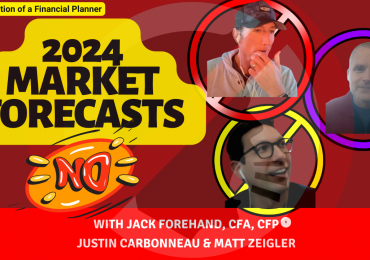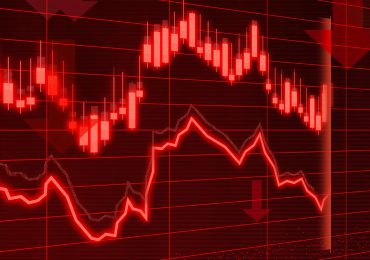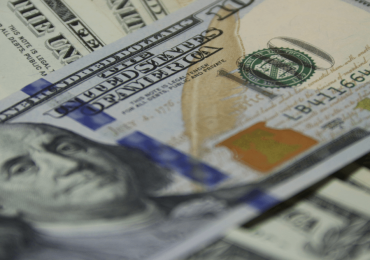Economists are predicting a 63% chance of a recession in the next year, forecasting a slim 0.2% growth in the third lowest forecast since 1989, reports an article in The Wall Street Journal. Of course, economists aren’t always right; since the Federal Reserve Bank of Philadelphia began an annual survey of GDP expectations in 1968, not one recession was forecast a year in advance, and the 1990, 2001 and 2008 recessions were totally missed.
Economists are very good at constructing models that recognize issues from the past, but not necessarily new issues. This time around, however, most experts agree that the current issue is the Fed raising rates too fast and too high in order to combat inflation, and therefore not being able to engineer the soft landing they are hoping for. In addition, economists are looking to the yield curve as a fairly reliable recession indicator, as an inverted curve has generally preceded a recession. Right now, the 10-year Treasury yield is 0.8% lower than the 3-month yield, the widest spread since December 2000, the article reports. And it’s hard to ignore the reality that in order for the central bank to stamp inflation back down to its target of 2%, it will need a recession, the article contends.
But the yield curve isn’t a perfect indicator, since the inversion could be a reflection of anticipation that the Fed will slash rates again in the new year as inflation starts to ease. And some economists point to other crucial data that looks more positive than recessionary, such as the solid labor market giving a necessary influx to household incomes. Indeed, economists at Goldman Sachs estimate the risk of recession to be 35%, well below the 63% consensus. And even though earnings forecasts for 2023 were slimmed down by roughly 3%, stocks have still gone up 17% since its October low. In an indication that investors are more concerned about interest rates than profits, stocks are moving in the opposite direction as bond yields, a rally that’s being fueled by optimism that the Fed will be able to ease inflation without tightening the economy too much.
So the hope that a soft landing is still possible is there, but those hopeful investors need three major things to happen: inflation needs to fall on its own, not due to a sudden drop in demand, the Fed must realize that it doesn’t have to destroy demand in order to ease inflation before it’s too late, and the steep interest rate hikes that have already happened this year don’t spur a recession. While many of the recessions of the past have been missed by economists, there’s no question that the stock market is currently in a bear-market rally, the article concludes.
———————————————
Validea runs stock and ETF models based on investment strategies with proven long-term track records. If you’re new to Validea, consider taking a look at our product overview or introductory videos.









